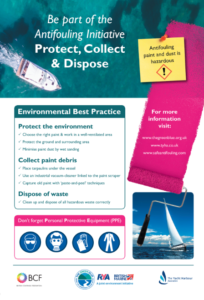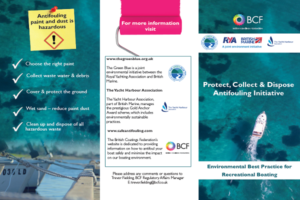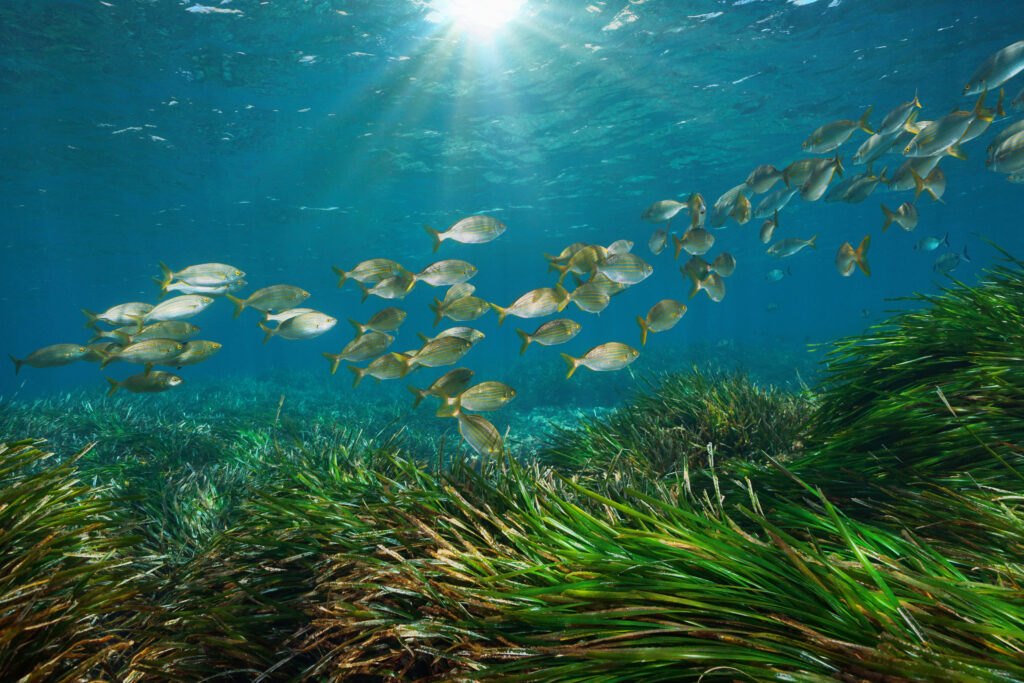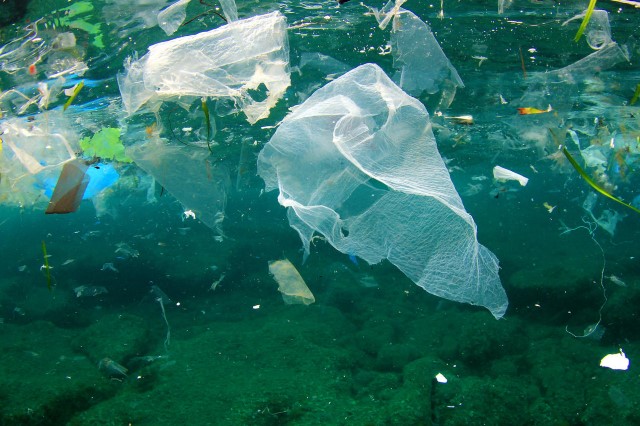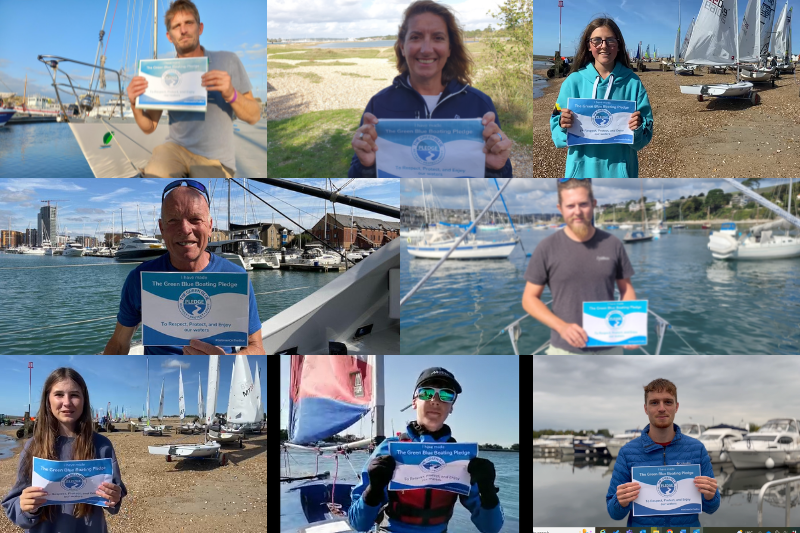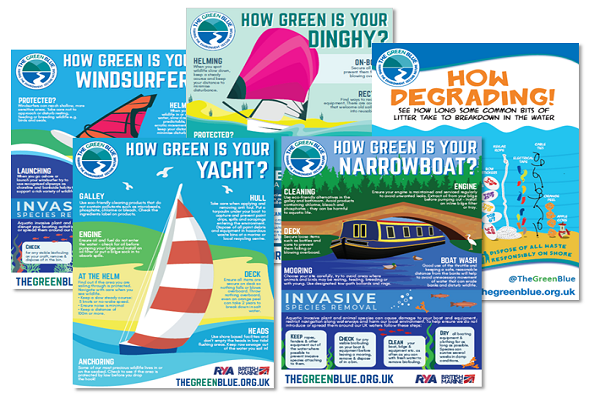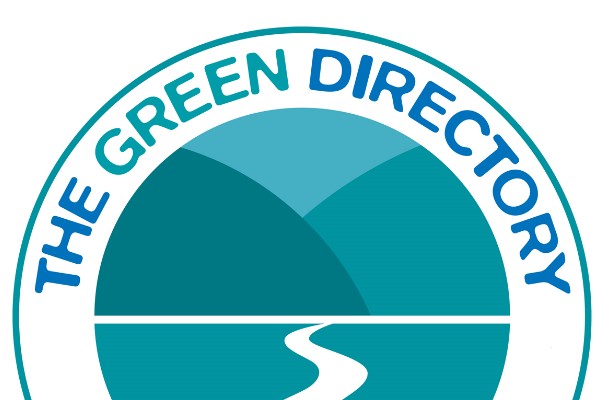Antifoul
BACKGROUND
Antifoul is a protective paint layer applied to the bottom of a boat to protect the hull from marine growth. Antifouling not only keeps the hull clean, it can improve fuel efficiency and helps to prevent the spread of non-native species.
However, antifoul paints work by releasing biocides (pesticides), thus preventing organisms from attaching, but this hazardous mix also leaches into the water. Most compounds are now copper or zinc based. Any build-up of these toxic metals can destroy the biochemistry, behaviour, reproduction, and growth in marine life.
The slow leaching can also cause toxins to accumulate in the food chain; but the main problems occur when a high concentration of antifoul enters the water in run-off from high pressure hosing and scrapings from the boat wash down when re-applying antifoul. This forms concentrated deposits on river beds and the seabed, which can drastically damage and alter marine habitats and wildlife.
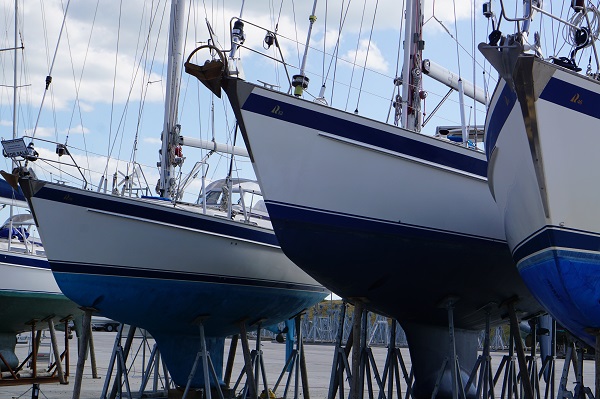
LEGAL REQUIREMENTS
The discharge of concentrated antifoul into the environment is regulated through trade effluent. A trade effluent is any liquid waste discharged into sewers from business or industry. This is anything other than domestic sewage or uncontaminated surface water. The discharge of trade effluent to the public sewer is specifically governed by the Water Industry Act 1991.
Even if your site and it’s operations are not classified as ‘trade’ it is important to recognise that antifoul residue is a contaminated effluent that impacts on local water quality and nature. As boating clubs, training centres and associations we must take action to prevent water pollution wherever feasible.
If you wish to discharge trade effluent into a public sewer you are required by law to obtain trade effluent consent from the Sewerage Undertaker responsible for the upkeep of the public sewer (normally the water supplier in your area). The discharge of trade effluent without consent is an offence and you may be subject to legal action if you do so. Trade effluent MUST NOT be discharged to a surface water drain, as it will then discharge directly to the environment without treatment.
Antifouling products legislation has been developed across several countries to control the use and marketing of antifouling paints in order to protect human health and the environment. The type of anti-foul products available in the UK (sold, supplied, stored and used) are regulated under legislation called the Control Of Pesticides Regulations 1986 as well as the Chemicals Regulations and the Biocidal Products Directive.
FACILITIES & OPERATIONS
If your facilities do not qualify for a Trade Effluent Permit you must put in measures to prevent antifoul residue from entering surface water drains and local waters.
Measures may include:
- Installing a suitable bunded/filtered wash-down facility that captures the run-off from power spraying vessels or equipment. Please contact us for known available options and case study examples.
- Developing a riparian buffer zone between your designated wash down area and local waters/drains, where contaminated water runoff can be slowed, captured and filtered by vegetation. This will help to reduce the concentration of contamination in the water runoff.
- If you are rebuilding your boat part consider installing filtered drains and an underground settlement tank to capture and filter contaminated runoff.
- Use tarpaulin to cover the ground and drain covers when applying or removing antifoul.
- Provide suitable hazardous waste facilities to dispose of the paints and contaminated brushes, trays and cloth etc.
- Provide / loan equipment like a dustless vacuum sander.
- Raise awareness of best practice amongst members and customers by displaying the ‘Protect Collect Dispose’ Poster and request a batch of the Protect, Collect and Dispose Antifoul Best Practice leaflets from our Resources page.
- Link members and customers to The Green Blue’s boat user Antifouling best practice webpage through your website, social media and newsletters.
For further information on Trade Effluents contact…
To find out more on antifouling check out this video from the Safe Antifouling Initiative.

